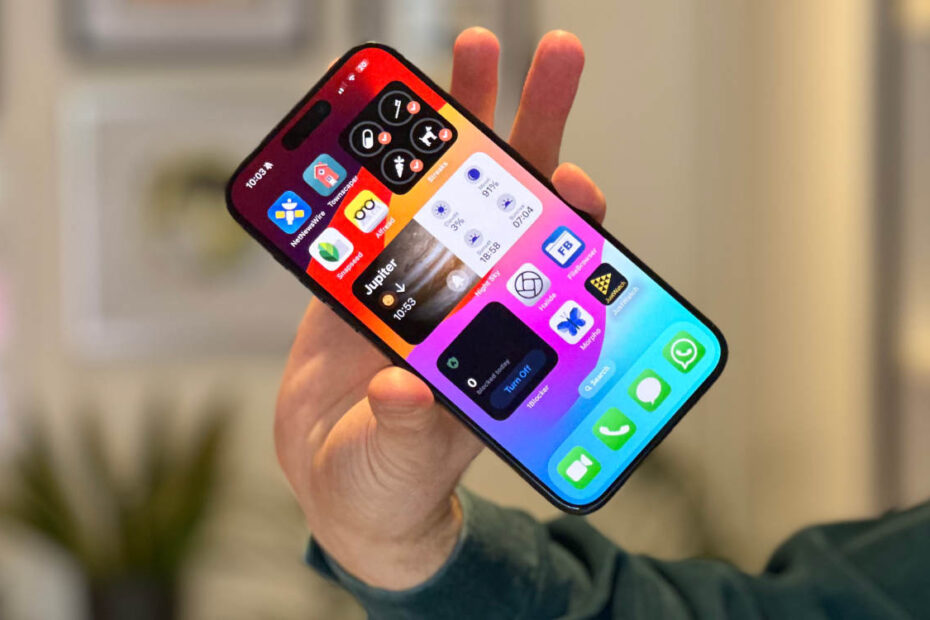Apple has received an influx of complaints over the past two weeks from users of its latest iPhones, which are reportedly overheating at the drop of a hat. It’s unclear exactly how many devices are affected, but I picked up a launch day iPhone 15 Pro Max and have experienced plenty of overheating problems first-hand.
Although some have speculated that the new titanium frames of the iPhone 15 Pro range are to blame, Apple released a statement to Forbes refuting the hypothesis, confirming that its new materials dissipate heat better than ever. Other have suggested that cheap USB-C chargers are to blame, although there’s no real evidence to back it up.
Apple says the overheating is caused by software issues, not hardware, with a combination of iOS 17 bugs and poorly-optimized third-party apps to blame. In particular, we’ve seen reports that background activity from Instagram and Uber are responsible for overheating, with both apps working on updates to fix the problem. (At the time of writing, Instagram’s fix is already live.)
The company also says that setting up a new device or restoring a backup can also cause an iPhone to get hotter than usual for the following day or two, thanks to the increased background activity involved with downloading apps, data, and photos from iCloud to your new device. However, it’s unusual for users to still be having these issues more than a week after setting up a new device. Apple says it’s working on a fix and will release an update soon.
Note that using an iPhone while hot isn’t a safety concern, with protections in place to limit the heat of internal components. If the temperature exceeds these thresholds, you’ll see a message saying “iPhone needs to cool down before you use it.”
If you experience any overheating issues yourself, the best way to cool an iPhone down quickly is to power it off completely for a period. Take off the case if you have one, and don’t try to charge it while it cools down.
When it’s cooled, turn the iPhone back on and grab all the latest software updates. Note that even with Automatic Updates switched on in Settings, it’s often faster to manually trigger the update process. Go to Settings > General > Software Update to check for the latest version of iOS, and App Store > Account to see which apps are due an update.

